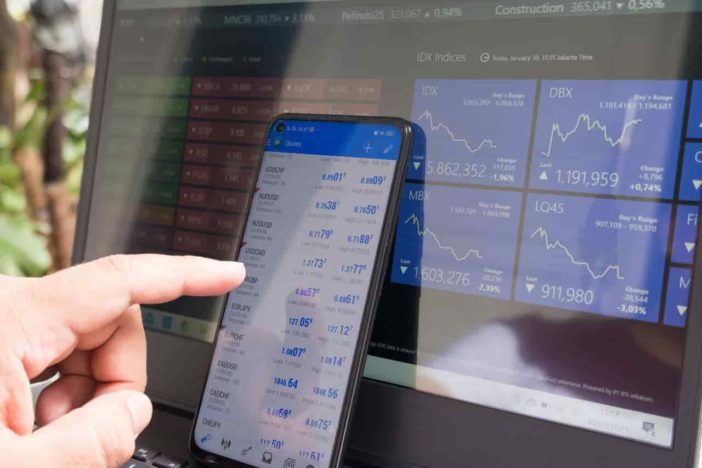The foreign exchange market is where floating currencies are openly traded in currency pairs. The forex market represents one of the most dynamic financial markets in the world. Stretching across all major time zones and financial hubs, you could say this market never sleeps.
A combination of high activity and deep liquidity makes the forex marketplace extremely dynamic. Many traders like the forex market for the ease at which you can come and go from the market with small spreads. Low spread forex brokers are a great resource for giving your account low-spread forex options.
Spreads: A Closer Look
Spreads can hold a lot of meanings within financial markets and settings. In the context of forex, the spread is usually referring to the bid-ask spread or the difference between the bid (buying) and ask (selling) price for a currency pair. A small difference between the buying and selling price represents a low spread, while a large difference signifies a high spread. Low spreads indicate that there is little discrepancy between the buyer and seller in the value of a currency pair.
The Bid-Ask Spread: a Measure of Liquidity
The bid-ask spread normally functions as a way to measure the liquidity of a financial market. Financial markets where stocks and securities are traded in large volumes tend to have lower spreads, representative of the fluidity and ease from which positions are entered and exited. Due to the deep liquidity present in the forex market, most trades between major currencies are done with relatively low spreads.
Higher spread trades occur in the forex market when one of the currencies in a currency pair belongs to an up-and-coming or volatile economy. In general, most trades in the forex market are low-spread trades.
Low Spreads: What this Means for the Trader
Narrower bid-ask spreads represent lower risk positions than those with high spreads. When the spread is low, it means this position can be easily sold and converted to cash; therefore, the trader experiences a relatively low risk. High spreads represent a greater incongruity between the values of currency positions making it more difficult to sell; holders of high spread positions take on a greater level of risk due to the illiquid nature of these options.
The low-risk nature associated with low spread positions makes them a great option for the beginner and experienced trader alike. Novice traders can begin to navigate the forex market with relatively low risk, while more advanced traders can use leverage to turn high profits from their low spread positions.
Factors that Affect The Spread of a Trade
Spreads can be affected by a variety of factors. The volatility and political situation of economies and nations are the main factors that affect the spread of currency pairs.
Nations that have a tumultuous political and economic climate usually have volatile currencies due to high inflation rates and unstable monetary policy. These nations have higher-risk currencies that result in larger spreads.
The currencies of major nations are typically controlled by a central bank, which makes their associated currencies more stable. For example, the USD/EUR currency pair will typically have a lower spread due to the overall financial and political stability of these nations.
The forex market is distinguished from other financial markets for its deep liquidity. The high volume of trading allows traders to enter into low-risk positions. Traders in the forex market can hold positions that have low spreads and can quickly be sold and converted to cash. The narrow spreads of the forex market make it a great financial market for beginner traders to enter with relatively low risk.





